Edward Yapp Kien Yee
Cross-Domain Continual Learning via CLAMP
May 12, 2024Abstract:Artificial neural networks, celebrated for their human-like cognitive learning abilities, often encounter the well-known catastrophic forgetting (CF) problem, where the neural networks lose the proficiency in previously acquired knowledge. Despite numerous efforts to mitigate CF, it remains the significant challenge particularly in complex changing environments. This challenge is even more pronounced in cross-domain adaptation following the continual learning (CL) setting, which is a more challenging and realistic scenario that is under-explored. To this end, this article proposes a cross-domain CL approach making possible to deploy a single model in such environments without additional labelling costs. Our approach, namely continual learning approach for many processes (CLAMP), integrates a class-aware adversarial domain adaptation strategy to align a source domain and a target domain. An assessor-guided learning process is put forward to navigate the learning process of a base model assigning a set of weights to every sample controlling the influence of every sample and the interactions of each loss function in such a way to balance the stability and plasticity dilemma thus preventing the CF problem. The first assessor focuses on the negative transfer problem rejecting irrelevant samples of the source domain while the second assessor prevents noisy pseudo labels of the target domain. Both assessors are trained in the meta-learning approach using random transformation techniques and similar samples of the source domain. Theoretical analysis and extensive numerical validations demonstrate that CLAMP significantly outperforms established baseline algorithms across all experiments by at least $10\%$ margin.
Autonomous Cross Domain Adaptation under Extreme Label Scarcity
Sep 04, 2022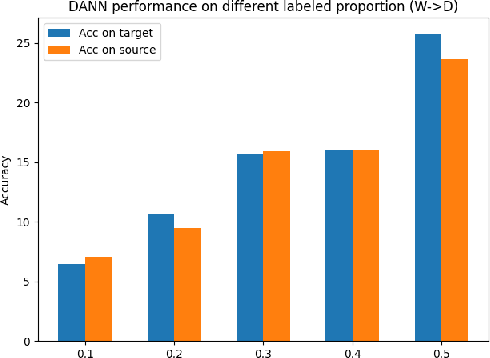
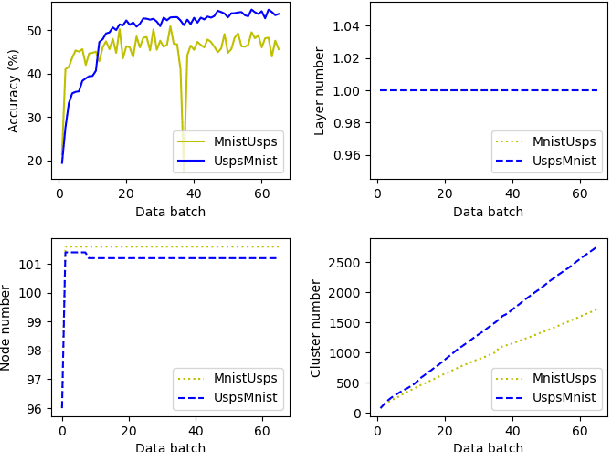
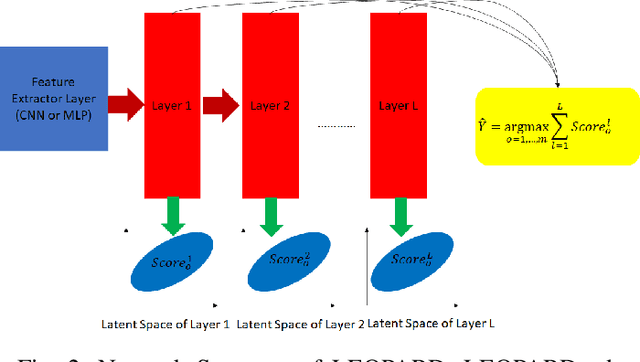
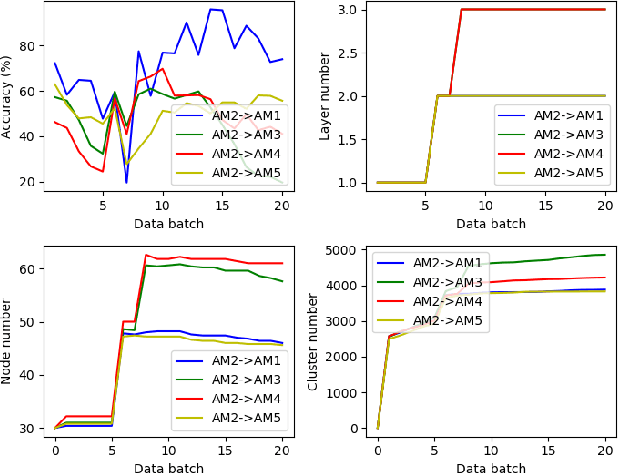
Abstract:A cross domain multistream classification is a challenging problem calling for fast domain adaptations to handle different but related streams in never-ending and rapidly changing environments. Notwithstanding that existing multistream classifiers assume no labelled samples in the target stream, they still incur expensive labelling cost since they require fully labelled samples of the source stream. This paper aims to attack the problem of extreme label shortage in the cross domain multistream classification problems where only very few labelled samples of the source stream are provided before process runs. Our solution, namely Learning Streaming Process from Partial Ground Truth (LEOPARD), is built upon a flexible deep clustering network where its hidden nodes, layers and clusters are added and removed dynamically in respect to varying data distributions. A deep clustering strategy is underpinned by a simultaneous feature learning and clustering technique leading to clustering-friendly latent spaces. A domain adaptation strategy relies on the adversarial domain adaptation technique where a feature extractor is trained to fool a domain classifier classifying source and target streams. Our numerical study demonstrates the efficacy of LEOPARD where it delivers improved performances compared to prominent algorithms in 15 of 24 cases. Source codes of LEOPARD are shared in \url{https://github.com/wengweng001/LEOPARD.git} to enable further study.
Autonomous Deep Quality Monitoring in Streaming Environments
Jun 26, 2021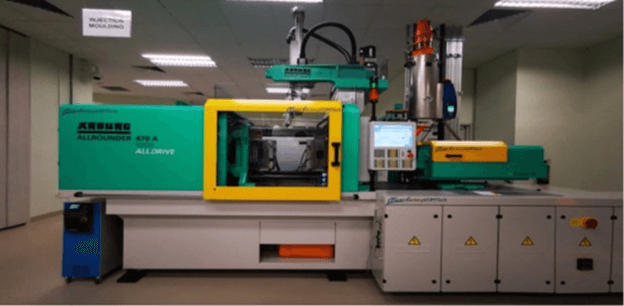

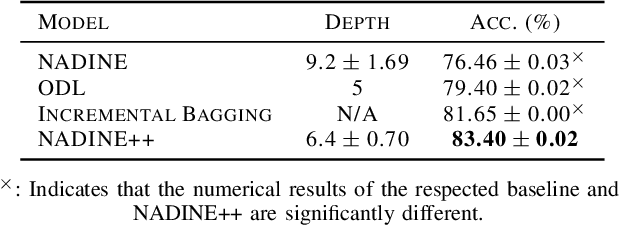
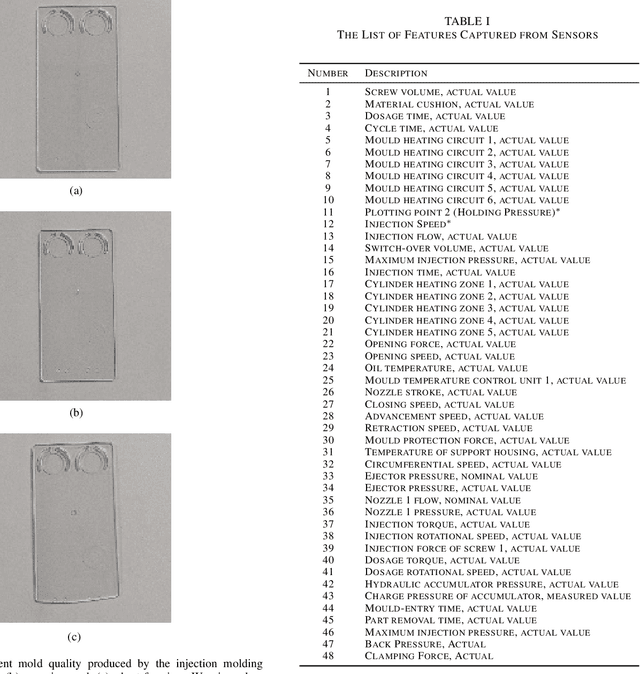
Abstract:The common practice of quality monitoring in industry relies on manual inspection well-known to be slow, error-prone and operator-dependent. This issue raises strong demand for automated real-time quality monitoring developed from data-driven approaches thus alleviating from operator dependence and adapting to various process uncertainties. Nonetheless, current approaches do not take into account the streaming nature of sensory information while relying heavily on hand-crafted features making them application-specific. This paper proposes the online quality monitoring methodology developed from recently developed deep learning algorithms for data streams, Neural Networks with Dynamically Evolved Capacity (NADINE), namely NADINE++. It features the integration of 1-D and 2-D convolutional layers to extract natural features of time-series and visual data streams captured from sensors and cameras of the injection molding machines from our own project. Real-time experiments have been conducted where the online quality monitoring task is simulated on the fly under the prequential test-then-train fashion - the prominent data stream evaluation protocol. Comparison with the state-of-the-art techniques clearly exhibits the advantage of NADINE++ with 4.68\% improvement on average for the quality monitoring task in streaming environments. To support the reproducible research initiative, codes, results of NADINE++ along with supplementary materials and injection molding dataset are made available in \url{https://github.com/ContinualAL/NADINE-IJCNN2021}.
* This paper has been accepted for publication in IJCNN, 2021
Continual Learning via Inter-Task Synaptic Mapping
Jun 26, 2021



Abstract:Learning from streaming tasks leads a model to catastrophically erase unique experiences it absorbs from previous episodes. While regularization techniques such as LWF, SI, EWC have proven themselves as an effective avenue to overcome this issue by constraining important parameters of old tasks from changing when accepting new concepts, these approaches do not exploit common information of each task which can be shared to existing neurons. As a result, they do not scale well to large-scale problems since the parameter importance variables quickly explode. An Inter-Task Synaptic Mapping (ISYANA) is proposed here to underpin knowledge retention for continual learning. ISYANA combines task-to-neuron relationship as well as concept-to-concept relationship such that it prevents a neuron to embrace distinct concepts while merely accepting relevant concept. Numerical study in the benchmark continual learning problems has been carried out followed by comparison against prominent continual learning algorithms. ISYANA exhibits competitive performance compared to state of the arts. Codes of ISYANA is made available in \url{https://github.com/ContinualAL/ISYANAKBS}.
* This paper has been published in Knowledge-based Systems
 Add to Chrome
Add to Chrome Add to Firefox
Add to Firefox Add to Edge
Add to Edge